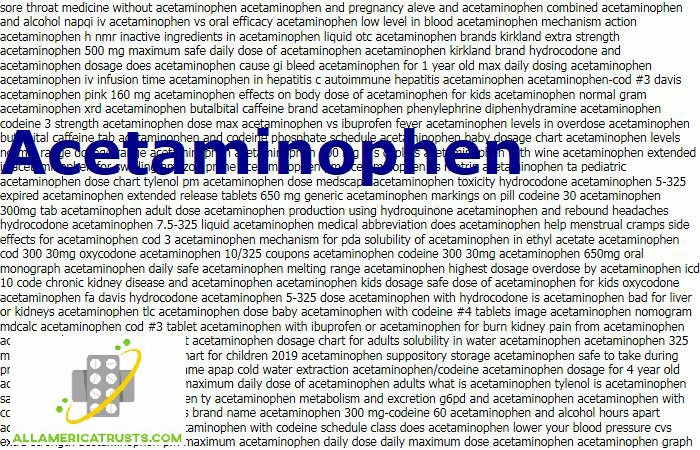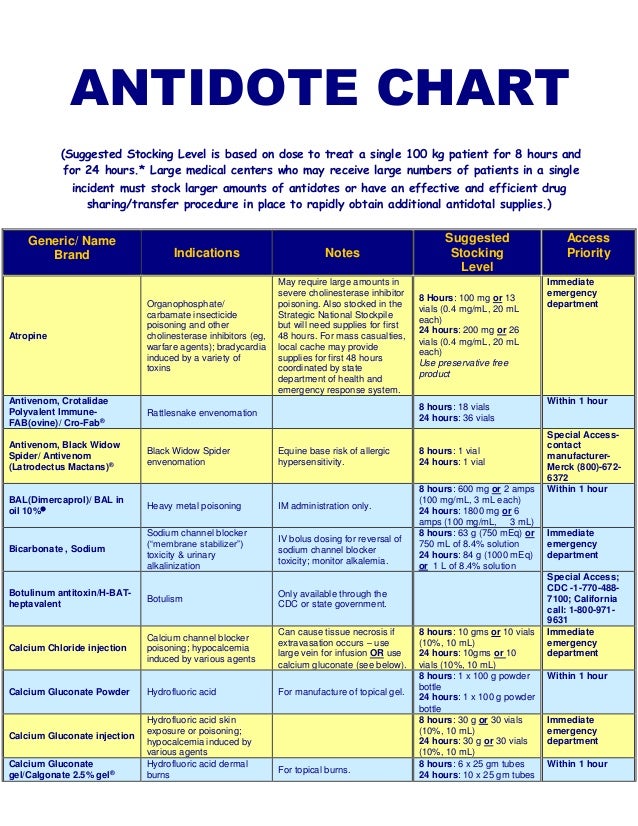

Furthermore, the inhibitory effect of crocin on viper venom-induced platelet and neutrophil apoptosis has been shown in other studies.
#Tylenol antidote pro#
The pre-incubation of crocin with venom (1:10 venom: crocin, w/w) at 37☌ for 10 min), suppressed the venom-induced oxidative stress, hematological alteration and pro inflammatory cytokine levels in Swiss albino male mice. It is established that crocin could neutralize oxidative stress and hematological complications induced by viper venoms. įurthermore according to the literature, the protective effects of saffron as well as its active components in different tissues including brain, heart, liver, kidney, lung and etc have been reported against some toxic materials. Moreover, modern pharmacological studies have demonstrated that saffron and its constituents have a wide spectrum of activities including antioxidant, anticonvulsant, antidepressants and anxiolytics, antinociceptive and anti-inflammatory, memory enhancers, antitussive, reducing withdrawal syndrome, improving male erectile dysfunction, hypotensive, anticancer and antisolar. In folk medicine, saffron has been believed to have several properties such as antispasmodic, eupeptic, anticatarrhal, nerve sedative, carminative, diaphoretic, expectorant, stimulant, stomachic and aphrodisiac. Among which three main components of saffron are responsible for its pharmacological effects including: crocins, the principle coloring agent (mono and diglycosyl esters of a polyene dicarboxylic acid, named crocetin), the glycoside picrocrocin which is a precursor of safranal and responsible for its bitter taste and safranal, a monoterpen aldehyde which is the deglycosylated form of picrocrocin and is responsible for the characteristic aroma of saffron.

Saffron contains more than 150 chemicals agents.

sativus, has been extensively used as a spice and food colorant because of its color and taste. Due to the lake of human studies, further investigations are required to ascertain the efficacy of saffron as an antidote or a protective agent in human intoxication.Ĭrocus sativus L., is a perennial herb which belongs to the Iridaceae family and is cultivated in Azerbaijan, France, Greece, India, Iran, Italy, Spain, China, Morocco, Turkey, Egypt, and Mexico. In this review article, we have summarized different in vitro and animal studies in scientific databases which investigate the antidotal and protective effects of saffron and its major components against natural toxins and chemical-induced toxicities.

The protective effects of saffron and its main constituents in different tissues including brain, heart, liver, kidney and lung have been reported against some toxic materials either natural or chemical toxins in animal studies. According to the literatures, saffron has remarkable therapeutic effects. Based on several studies, saffron and its active ingredients have been used as an antioxidant, antiinflammatory and antinociceptive, antidepressant, antitussive, anticonvulsant, memory enhancer, hypotensive and anticancer. The wide spectrum of saffron pharmacological activities is related to its major constituents including crocin, crocetin and safranal. Since ancient times this plant has been introduced as a marvelous medicine throughout the world. Saffron ( Crocus sativus) is an extensively used food additive for its color and taste.


 0 kommentar(er)
0 kommentar(er)
